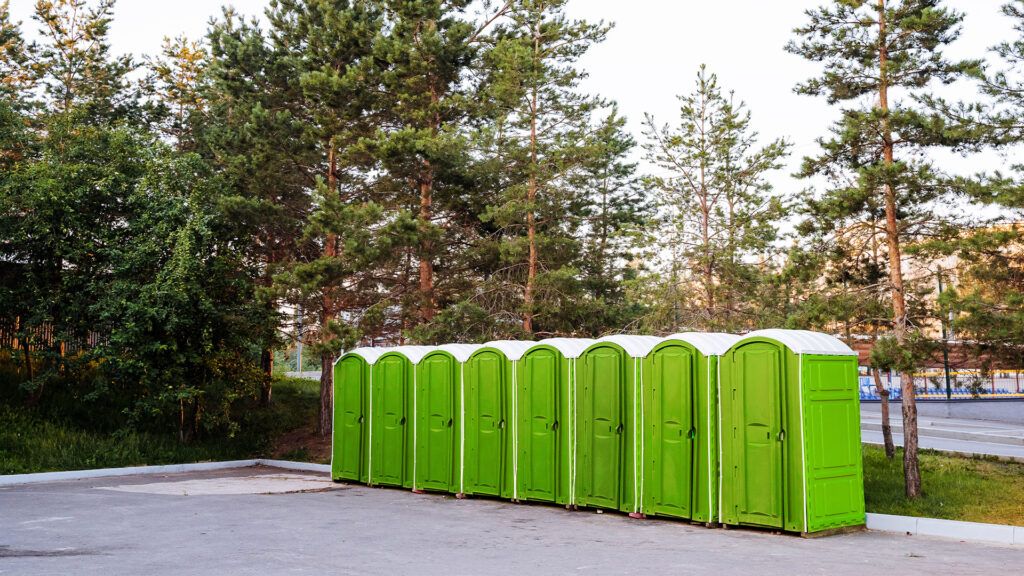A person may need to make themselves pee when their body does not want to. Several tips can help, such as running water, putting a hand in warm water, massaging the inner thigh, and doing jumping jacks.
Some medical conditions can make urination difficult, such as prostate problems or bladder infections. In these circumstances, a person should seek medical attention to address the underlying cause of their symptoms, instead of trying to force urination.
In most cases, a person can help prevent urination problems with some preparation, such as by drinking plenty of water before an appointment where urine samples are required.
However, there are times when a person needs to pee, either for a urine sample or other reasons, and cannot prepare beforehand. Below are some techniques and tricks to help induce urination when needed.

There are several ways that a person may be able to force themselves to pee on demand.
These techniques may not work for everyone. A person may need to try several methods in order to find what works best for them.
While sitting on the toilet, a person can tap the area located between the belly button and the pubic bone.
Using the fingertips, a person can gently but firmly tap the skin near the bladder every 30 seconds to encourage urination.
Bending forward and rocking side to side while sitting on the toilet puts additional pressure on the bladder, which can encourage urination.
Placing a hand in cold water can trigger the urge to pee. A person should do this while sitting on the toilet.
If the toilet is within reach of a sink or tub, a person can let cold water run from the tap over their hand.
The sound of water can trigger the need to urinate. A person having trouble urinating can turn on the bathroom sink before attempting to pee or flush the toilet before using it.
Some people find that playing recordings of running water can also have the same effect.
Drinking water or another low-sugar liquid while attempting to pee may also trigger the body to urinate.
People may need to drink several sips before trying to pee in order to get this technique to work.
Drinking caffeinated beverages or alcohol is not recommended, as they can make a person more dehydrated.
Simple exercises such as walking or doing jumping jacks can help a person urinate.
Before heading to the bathroom, a person may wish to do a few laps of the house or office to stimulate urination.
Rubbing the lower stomach or inner thighs or pulling on pubic hair while on the toilet can help induce the need to pee. A person should gently massage the area with their hands or fingers.
If a person is nervous or stressed about being unable to pee, they can try some basic relaxation techniques to encourage urination.
Keeping their eyes closed, a person can focus on relaxing the muscles, starting with the fingers and hands and working through all parts of the body. The goal is to relax the bladder and encourage urination.
A person’s nervous system is typically responsible
In most cases, a person can rely on these natural signals to know when urination must occur. However, there are times when urination needs to happen on demand, often for medical procedures.
Some of the most common reasons a person may need to pee on demand for a medical test include:
- drug testing
- radiologic or ultrasonic examinations
- urinalysis, urine culture, and blood studies
- cystoscopy, where a thin tube with a camera examines the bladder and urethra
- urodynamic studies, which assess how well the body stores and releases urine
Examples of urodynamic studies include uroflowmetry, cystometrogram (CMG), urethral pressure profiling, and electromyography (EMG).
Following surgery, a person may experience a condition called neurogenic bladder. This is when the nerves no longer tell the brain when it is time to urinate.
Neurogenic bladder can cause a person to either hold urine for too long or have difficulty urinating because they cannot feel when their bladder is full.
People should seek medical attention if they experience trouble urinating several times a day. Not being able to pee can be a sign of underlying conditions that require treatment, such as urinary tract infections or prostate problems.
A person having difficulty urinating on demand for a urine test probably does not have an underlying medical condition. They may have recently urinated or may feel nervous. In these cases, the person can typically induce urination using the techniques listed above.
Below are some commonly asked questions about how to induce urination.
How can a person stimulate themself to pee?
Ways a person can help stimulate urination include tapping their navel region, placing their hand in cold water, and massaging their lower stomach.
How long after drinking water will a person pee?
How soon a person urinates after drinking water may depend on the following factors:
- how hydrated the person is
- how full their bladder is
- kidney filtration rate
- type of fluid
What triggers a person to pee?
Over time, the bladder fills up and expands like a balloon, which puts tension on the bladder muscles. At a certain point, the body senses that it is reaching a limit
Trouble urinating on demand is not uncommon when visiting a doctor’s office.
People can prepare for a urine test or other medical procedure by drinking more water and not urinating immediately before seeing the doctor. If this is not possible, they can use one or more of the techniques above to help induce urination.
Finally, if a person experiences problems with urinating outside of a medical examination, they should seek medical attention for a proper diagnosis. An untreated infection can have serious consequences, so it is crucial to see a doctor as soon as possible.
